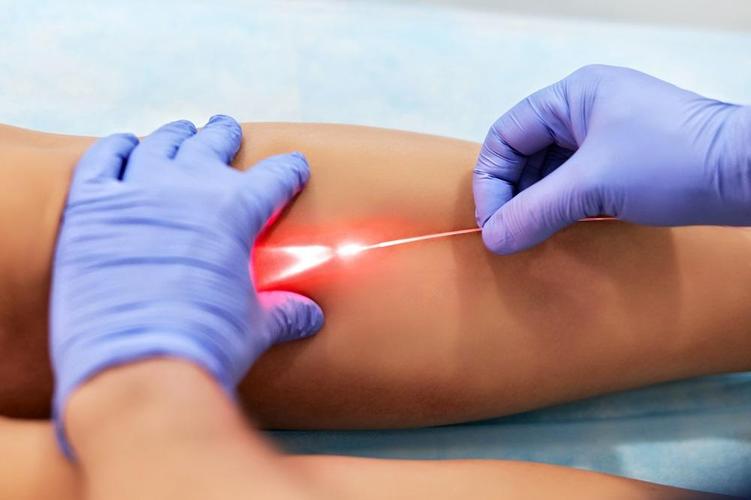Varicose veins are a common condition characterized by enlarged, twisted veins, often appearing on the legs and causing discomfort, swelling, and aching. While they're primarily a cosmetic concern for some, they can also lead to more serious health issues such as leg ulcers or blood clots if left untreated.

Laser treatment for varicose veins has emerged as a highly effective and minimally invasive solution for those seeking relief from the symptoms and appearance of these troublesome veins. Unlike traditional surgical methods like vein stripping, laser treatment offers patients a quicker recovery time and less discomfort during and after the procedure.
The procedure typically begins with a thorough evaluation by a qualified healthcare professional, such as a vascular surgeon or interventional radiologist, to assess the severity of the varicose veins and determine the most suitable treatment approach. During the consultation, the patient's medical history, symptoms, and any previous treatments are taken into account to tailor a personalized treatment plan.
On the day of the procedure, the patient is usually awake and may be given a local anesthetic to numb the treatment area. A small incision is made near the affected vein, through which a thin laser fiber is inserted. The laser emits controlled bursts of energy, targeting the problem veins and causing them to collapse and seal shut.
One of the key advantages of laser treatment is its precision. The laser energy is delivered directly to the targeted veins, minimizing damage to surrounding tissues and reducing the risk of complications. Additionally, the procedure is typically performed on an outpatient basis, meaning patients can return home the same day and resume their normal activities with minimal downtime.
After the procedure, patients may be advised to wear compression stockings to promote circulation and support healing. Some mild discomfort or bruising at the treatment site is normal and usually resolves within a few days. Results from laser treatment are often noticeable within a few weeks as the treated veins fade and gradually disappear..
While laser treatment can effectively improve the appearance of varicose veins and alleviate associated symptoms, it's important to note that it may not prevent the development of new varicose veins in the future. Lifestyle changes such as maintaining a healthy weight, exercising regularly, avoiding prolonged periods of standing or sitting, and wearing compression stockings can help reduce the risk of recurrence.
In conclusion, laser treatment offers a safe, effective, and minimally invasive option for addressing varicose veins, providing patients with relief from discomfort and improved confidence in the appearance of their legs. With advances in technology and techniques, more individuals are finding long-lasting relief from the burden of varicose veins through laser therapy.
